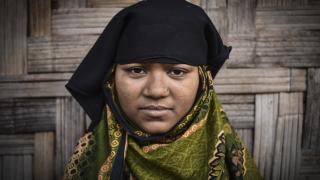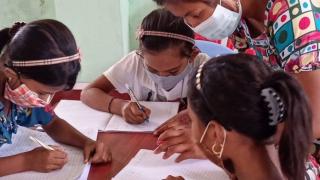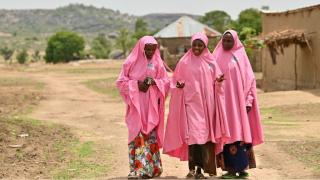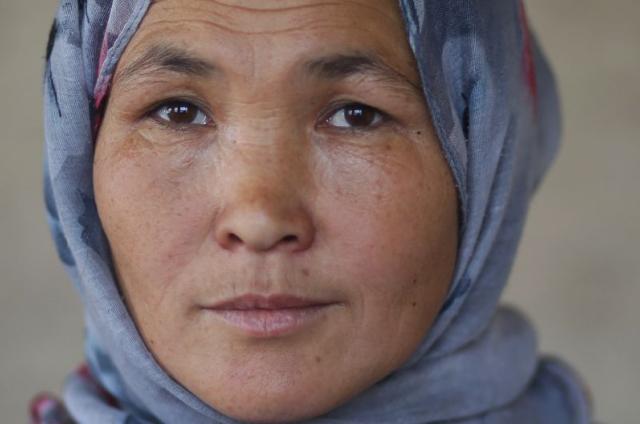Myanmar’s Earthquake and the Gendered Crisis
When Disaster Strikes in Conflict Zones
Myanmar’s Earthquake and the Gendered Crisis
On 28th March, 2025, a powerful 7.7-magnitude earthquake struck Myanmar, intensifying a crisis already marked by armed conflict, political instability and widespread displacement.
What was once a complex humanitarian emergency has now deepened into a compounded catastrophe - one that disproportionately affects women and girls. As infrastructure collapses and humanitarian access becomes even more restricted, the disaster has laid bare the urgent need for gender-sensitive responses in conflict-affected settings.
Natural disasters rarely occur in a vacuum
In contexts like Myanmar, where years of military rule and ethnic violence have already uprooted millions and strained relief efforts, the impact of such a disaster is magnified. Communities that were already on the brink now face cascading hardships: worsening displacement, collapsing public services and mounting insecurity. For women and girls, these conditions multiply existing risks, from gender-based violence to the erosion of support networks and critical health services. 88% of women that engaged with Women for Women International’s From Asking to Action consultation in Myanmar already described their communities as frequently or very insecure - a figure likely to rise even further as the full extent of the earthquake’s devastation continues to unfold.
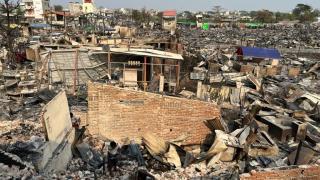
According to the United Nations, more than 20 million people in Myanmar were in need of humanitarian assistance before the earthquake, with over 3 million internally displaced. Women in Myanmar surveyed in From Asking to Action in August of 2024 identified conflict and armed violence (86%), forced evictions (58%) and political instability (48%) as the primary reasons for displacement. Many of these individuals reside in conflict-affected areas controlled by ethnic armed groups or under direct military control, where access to aid organisations is already dangerously limited. The earthquake has only intensified these barriers, making it even more difficult to deliver food, water and medical care to those who need it most.
In the aftermath of the earthquake, women and girls are facing heightened risks of gender-based violence (GBV). The destruction of infrastructure, including homes and community centers, has led to overcrowded and unsafe living conditions, increasing exposure to violence and exploitation. Additionally, the United Nations Population Fund (UNFPA) estimates that at least 173,855 pregnant women are at risk of complications and negative health outcomes due to damaged health facilities and disrupted services. The lack of access to comprehensive healthcare not only jeopardises maternal health but also leads to preventable suffering for women in urgent need of even the most basic medical support.
The military junta’s blocking of aid delivery has further complicated relief efforts, particularly in regions opposed to it's rule. The United Nations has reported deliberate military attacks in earthquake-affected areas, hindering the distribution of essential assistance. These actions not only violate international humanitarian principles but also disproportionately impact women and girls who rely heavily on these services for their safety and well-being.
Even before the earthquake, women that Women for Women International consulted with in Myanmar identified challenges with accessing humanitarian services. 73% of the women that engaged in the From Asking to Action consultation last August identified limited access to food and water as a common challenge women face in their communities during conflict. In light of this, it is essential that life-saving humanitarian aid is actively facilitated in order to reach those most at risk and address increasingly urgent needs on the ground.
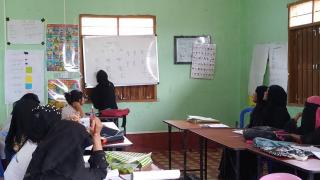
Local women-led organisations have become vital leaders in the response
Local women-led organisations are stepping in to fill critical gaps that larger actors have been unable or unwilling to reach. Collaborating with international agencies, these groups are working to ensure that relief efforts are rapid, unimpeded and gender responsive. UN Women, for instance, is partnering with organisations to distribute food, clean water, hygiene kits and clothing, prioritising the protection of women and girls. Successful aid efforts require the active involvement of women, whose firsthand knowledge, leadership and resilience are essential to shaping responses that truly meet community needs. Our work consistently shows that when women are meaningfully included, the impact and effectiveness of humanitarian programmes increase significantly.
This earthquake is not merely an environmental disaster
The earthquake is a crisis magnified by long-standing structural violence, political repression and conflict. For women and girls in Myanmar, the aftermath is especially devastating, as they face heightened risks of displacement, gender-based violence and exclusion from life-saving aid. It is in these moments of compounding crisis that the call for a gender-sensitive humanitarian response becomes imperative.
At Women for Women International, we are raising our voice to advocate for a response that centres the needs and leadership of women. Women in Myanmar told us that relief and recovery efforts can be improved to better support women in conflict-affected communities through increased funding and resources (71%), targeted support for women and girls (54%), enhanced coordination among organisations delivering aid (43%) and involving women in planning and decision-making (33%).
We are advocating for:
-
Unimpeded humanitarian access, supporting local women-led initiatives already responding on the ground
-
Aid efforts designed with gender equity at their core
The crisis in Myanmar is part of a broader global pattern linking climate shocks, forced displacement and the marginalisation of women. By addressing these intersections, we can both alleviate suffering in the present and lay the groundwork for more resilient, inclusive and peaceful futures.
From Asking to Action
A global consultation
From Asking to Action: A global consultation ensuring the voices of women affected by conflict are heard. We spoke to over 6,500 women in countries affected by conflict who are leading change in their communities. Now it's time to ensure their priorities are amplified and actually heard by decision-makers.
Read more
Conflict Response Fund
subtitle: In 2018, we launched a new conflict response fund — a separate funding pool to more rapidly help women who are caught in the current horrors of our time. To reach women in their most critical moments, we work with partners who can respond to conflict and
In 2018, we launched a new conflict response fund — a separate funding pool to more rapidly help women who are caught in the current horrors of our time. To reach women in their most critical moments, we work with partners who can respond to conflict and make an immediate impact.
Conflict Response Fund in Myanmar
subtitle:
We are helping to providing educational opportunities for Rohingya women and girls in Northern Rakhine State, Myanmar.
From Asking To Action
subtitle:
We spoke to over 6,500 women in countries affected by conflict who are leading change in their communities. Now it's time to ensure their priorities are amplified and actually heard by decision-makers.

